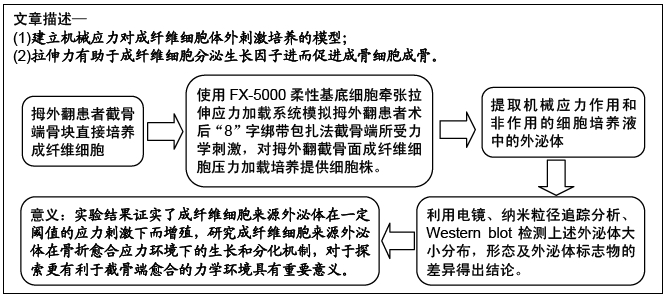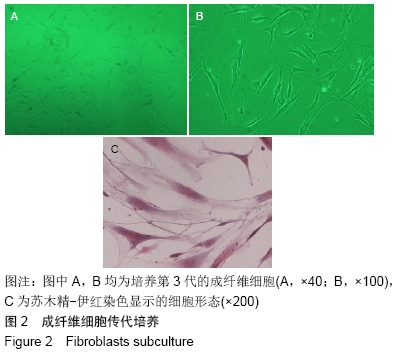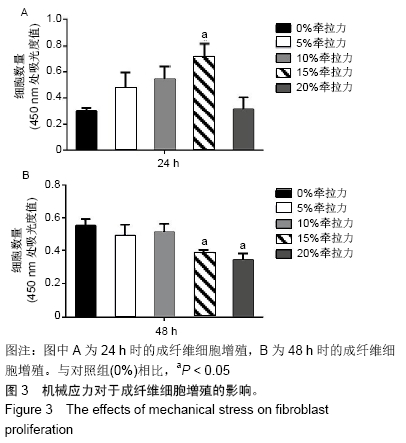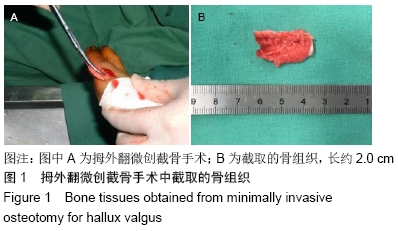[1] BREEN EC. Mechanical strain increases type I collagen expression in pulmonary fibroblasts in vitro. J Appl Physiol (1985).2000;88(1):203-209.
[2] 杨力,郭树忠.成纤维细胞与创伤修复的生物学过程[J].中国组织工程研究,2002,6(4):470-471.
[3] 孙卫东.中西医结合治疗拇趾外翻生物力学机制的有限元分析[D].北京:中国中医科学院,2010.
[4] 毕春强,温建民,孙卫东,等.静态有限元法分析基于“裹帘”法外固定拇外翻术后截骨端的稳定性[J].中国组织工程研究, 2016, 20(22):3294-3300.
[5] 孙卫东,温建民,胡海威,等.拇外翻第1跖骨颈部不同截骨角度截骨端稳定性有限元分析[J].中华损伤与修复杂志(电子版), 2012, 7(5):492-496.
[6] EPARI DR, DUDA GN, THOMPSON MS. Mechanobiology of bone healing and regeneration: in vivo models. Proc Inst Mech Eng H. 2010;224(12):1543-1553.
[7] BOTTLANG M, FITZPATRICK DC, SHEERIN D, et al. Dynamic fixation of distal femur fractures using far cortical locking screws: a prospective observational study. J Orthop Trauma. 2014;28(4):181-188.
[8] WILSON E, SUDHIR K, IVES HE. Mechanical strain of rat vascular smooth muscle cells is sensed by specific extracellular matrix/integrin interactions. J Clin Invest. 1995; 96(5):2364-2372.
[9] GIANNINI S, FALDINI C, NANNI M, et al. A minimally invasive technique for surgical treatment of hallux valgus: simple, effective, rapid, inexpensive (SERI). Int Orthop. 2013;37(9): 1805-1813
[10] 赵桂芝,吴军正,陈建元,等.人牙周膜成纤维细胞的分离培养及其生物学特性的探讨[J].实用口腔医学杂志,1994(3):189-191.
[11] 汤楚华,施生根,牛忠英,等.酶消化组织块法原代培养人牙周膜成纤维细胞的初步研究[J].中华医学杂志,2004,84(8):44-46.
[12] 高杰,张吉霞.人牙周膜成纤维细胞原代培养成功率的相关性研究[J].现代口腔医学杂志,2015,29(4):209-212.
[13] BANES AJ, GILBERT J, TAYLOR D, et al. A new vacuum-operated stress-providing instrument that applies static or variable duration cyclic tension or compression to cells in vitro. J Cell Sci. 1985;75:35-42.
[14] ZHANG H, LIU H, LIN Q, et al. Effects of intermittent pressure imitating rolling manipulation on calcium ion homeostasis in human skeletal muscle cells. BMC Complement Altern Med. 2016;16(1):314.
[15] 白明海,吴汉江.体外培养细胞机械力加载装置研究进展[J].国外医学口腔医学分册,2004,31(5):331-334.
[16] 周敏.Flexcell系统加载周期性张应变对不同细胞增殖凋亡活性的影响[J].现代生物医学进展,2015,15(13):2535-2539.
[17] GRUDEN G, ZONCA S, HAYWARD A, et al. Mechanical stretch-induced fibronectin and transforming growth factor-beta1 production in human mesangial cells is p38 mitogen-activated protein kinase-dependent. Diabetes. 2000;49(4):655-661.
[18] ADMYRE C, JOHANSSON SM, QAZI KR, et al. Exosomes with immune modulatory features are present in human breast milk. J Immunol. 2007;179(3):1969-1978.
[19] 李晏乐,常程,岳肖华,等.拇外翻微创截骨联合“8”字绷带外固定的生物力学分析[J].中国组织工程研究, 2018,22(23): 3659-3664.
[20] 常程,乔治,温冠楠,等.拇外翻术后行“裹帘法”外固定对截骨端稳定性的影响[J].中华中医药杂志,2017,32(5):2325-2328.
[21] 孙卫东,温建民,胡海威,等.微创截骨治疗拇外翻的远期疗效分析[J].中华骨科杂志,2010,30(11):1133-1137.
[22] SUN WD, WEN JM, HU HW, et al. Long term efficacy of minimal incision osteotomy for hallux abducto valgus. Orthop Surg. 2010;2(3):223-228.
[23] COLOMBO M, RAPOSO G, THÉRY C. Biogenesis, secretion, and intercellular interactions of exosomes and other extracellular vesicles. Annu Rev Cell Dev Biol. 2014;30: 255-289.
[24] WEILNER S, KEIDER V, WINTER M, et al. Vesicular Galectin-3 levels decrease with donor age and contribute to the reduced osteo-inductive potential of human plasma derived extracellular vesicles. Aging (Albany NY). 2016; 8(1):16-33.
[25] YAMAGUCHI T, IZUMI Y, NAKAMURA Y, et al. Repeated remote ischemic conditioning attenuates left ventricular remodeling via exosome-mediated intercellular communication on chronic heart failure after myocardial infarction. Int J Cardiol. 2015;178:239-246.
[26] LU Z, CHEN Y, DUNSTAN C, et al. Priming Adipose Stem Cells with Tumor Necrosis Factor-Alpha Preconditioning Potentiates Their Exosome Efficacy for Bone Regeneration. Tissue Eng Part A. 2017;23(21-22):1212-1220.
[27] KHATUN Z, BHAT A, SHARMA S, et al. Elucidating diversity of exosomes: biophysical and molecular characterization methods. Nanomedicine (Lond). 2016;11(17):2359-2377.
[28] CUI Y, LUAN J, LI H, et al. Exosomes derived from mineralizing osteoblasts promote ST2 cell osteogenic differentiation by alteration of microRNA expression. FEBS Lett. 2016;590(1): 185-192.
[29] ZHANG S, CHU WC, LAI RC, et al. Exosomes derived from human embryonic mesenchymal stem cells promote osteochondral regeneration. Osteoarthritis Cartilage. 2016; 24(12):2135-2140.
[30] GE M, WU Y, KE R, et al. Value of Osteoblast-Derived Exosomes in Bone Diseases. J Craniofac Surg. 2017;28(4): 866-870.
[31] THÉRY C, AMIGORENA S, RAPOSO G, et al. Isolation and characterization of exosomes from cell culture supernatants and biological fluids. Curr Protoc Cell Biol. 2006;Chapter 3: Unit 3.22.
|








